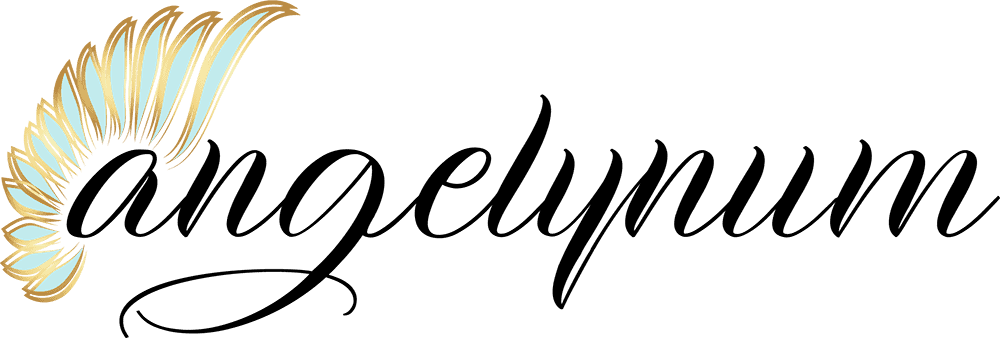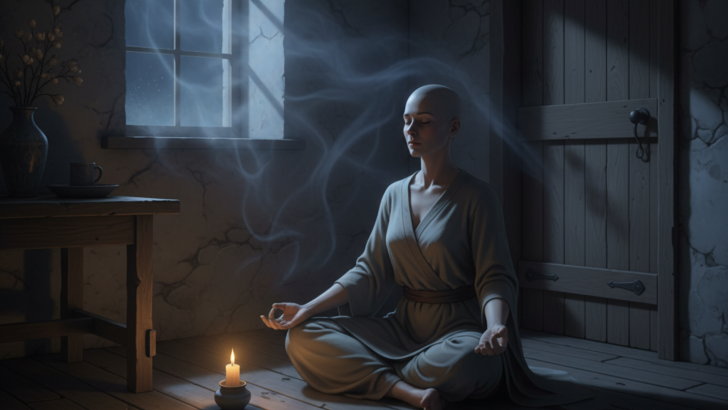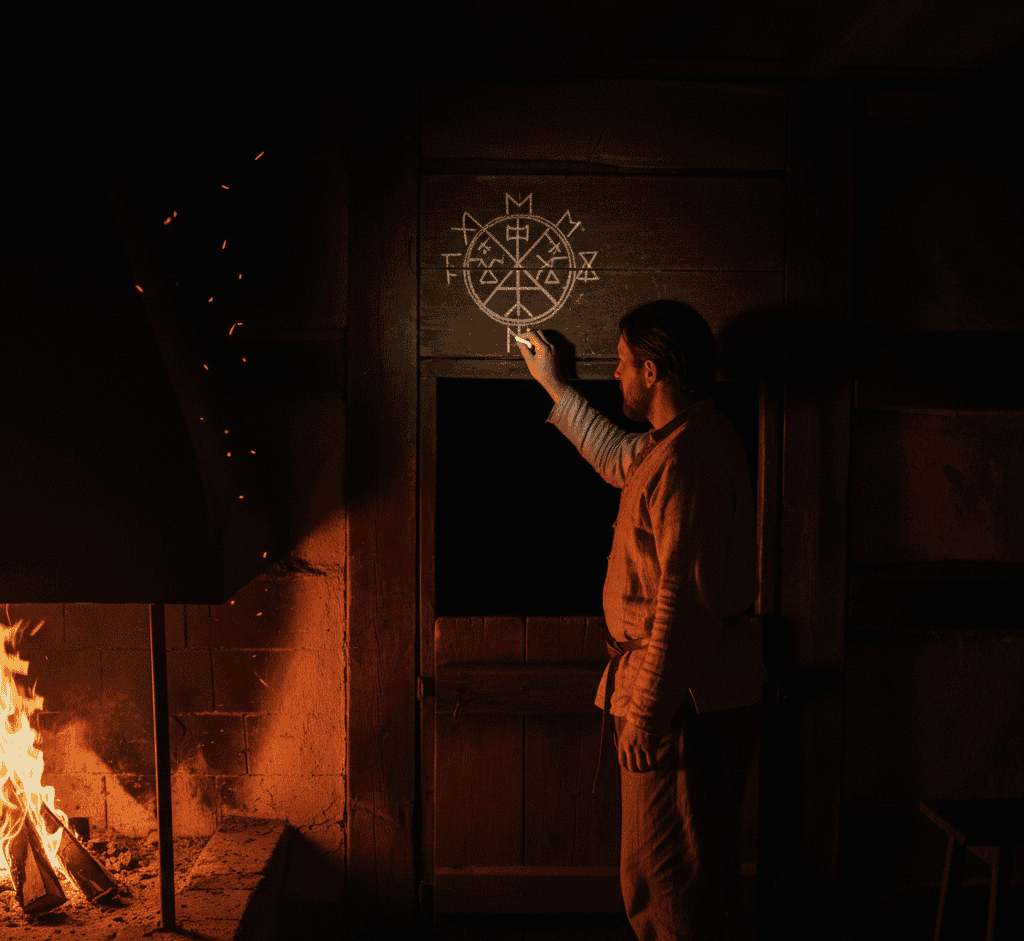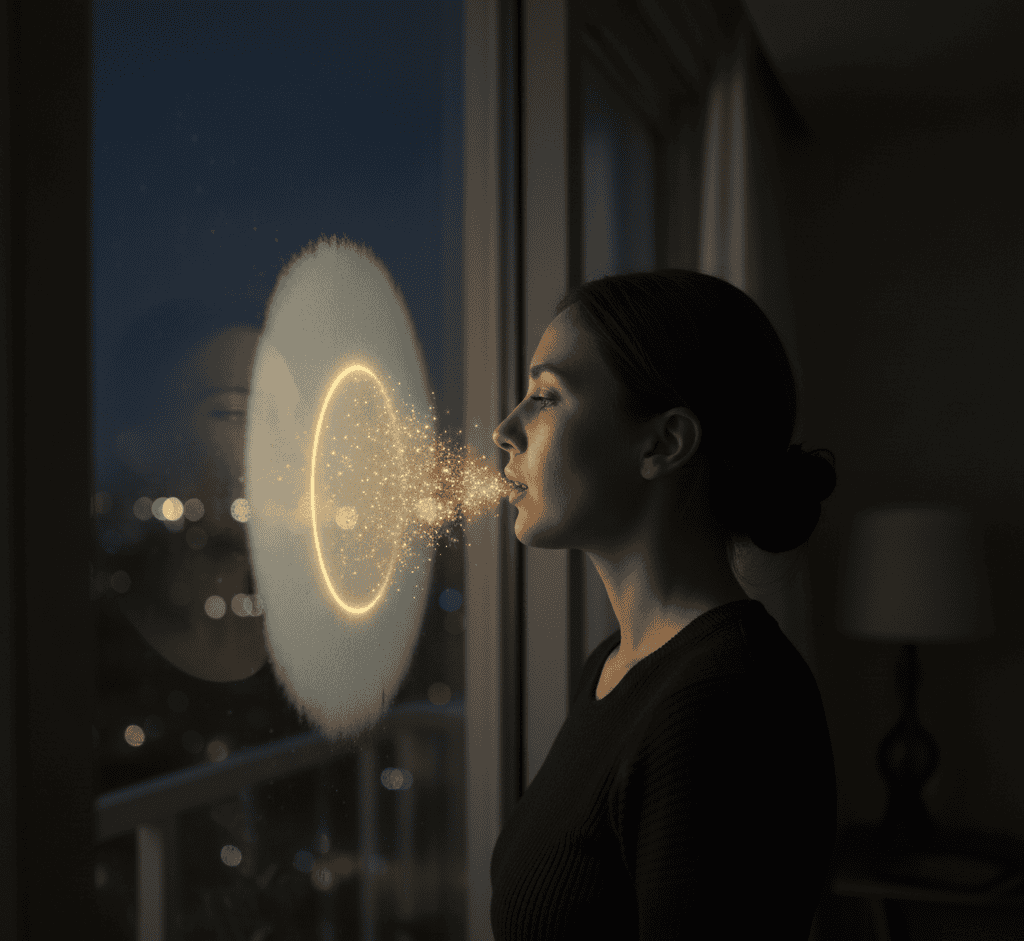There was a time when midnight was more than a passing hour. It was a sacred boundary, the thin veil between one day and the next, between the living and the unseen.
Long before electric lights pushed the darkness away, people understood midnight as a moment of danger and possibility.
It was when spirits wandered, dreams sharpened, and the world seemed to hold its breath.
To survive and stay safe through that mysterious hour, our ancestors performed quiet acts of protection and rituals whispered from generation to generation.
Many of these have been forgotten, replaced by the glow of screens and the comfort of locked doors, but if you listen closely, their echoes still hum in the night air.
When the World Believed the Night Was Alive
Before cities hummed through the night, the world went still after dusk. People gathered by firelight and spoke in hushed tones, because the dark was not empty.
It was full of watchers, spirits, and forces beyond human sight. Midnight was the peak of this invisible activity, a sacred and dangerous hour.
In old Europe, doors were locked not only against thieves but against wandering souls.
People hung herbs like rosemary and rue above their thresholds, believing they could confuse or repel spirits.
In parts of Eastern Europe, families drew symbols in ash or chalk above their doorways to keep the restless dead away.
Across Asia, salt and iron were placed near beds, guarding the dreamer from nightmares that were thought to be spirits trying to enter.
In the Americas, Indigenous tribes had their own ways of greeting the night. Some whispered songs to the wind to keep their spirits strong.
Others placed protective stones or feathers near sleeping places. The details changed from culture to culture, but the belief was always the same – the night was alive, and the wise treated it with respect.
Even though we now understand the world through science and light, that ancient instinct remains.
You might still find yourself glancing at dark corners or feeling a strange pressure in the air when the clock strikes twelve. The human heart has a long memory.
The Power of Simple Acts
What made these midnight rituals so powerful wasn’t always the ingredients or the symbols, but the intention behind them.
Protection, at its core, is about reclaiming power in a world that feels unpredictable.
Lighting a candle at midnight or whispering a prayer before sleep reminded people that they weren’t helpless.
It was a conversation with the unseen, a declaration that one’s spirit was aware and awake.
Many of the forgotten rituals were beautifully simple. Some people turned mirrors to face the wall before bed so that spirits couldn’t enter through reflections.
Others left a small bowl of water near the window, believing it would catch unwanted energy.
In rural areas, people kept a broom at the door to sweep away bad luck, or knocked on wood to call on protective spirits.
These gestures might sound superstitious, but at their heart, they reveal something deeply human.
The fear of the dark is not just about what’s outside; it’s about the unknown inside us. When we perform a ritual, even a small one, we remind ourselves that intention and faith can be shields.
The Midnight Hour in Modern Times
We live in a world that rarely sleeps, yet midnight still carries its strange pull. The clock’s transition to twelve has not lost its mystery.
Psychologists say that people are often most reflective late at night, when the mind drifts freely and worries grow louder.
It is in this quiet, when distractions fade, that old instincts awaken.
The need for protection may now take new forms, closing a laptop, checking locks, or turning on a nightlight—but the feeling remains the same.
Some modern spiritualists have revived old midnight rituals, blending ancient wisdom with present-day mindfulness.
They meditate during the midnight, visualizing light surrounding their bodies. Others cleanse their homes with incense or sage, echoing traditions that go back thousands of years.
These practices might not look exactly like the old ways, but they share the same essence: the belief that light can hold back the dark.
There’s also an emotional truth to it. Midnight has always been a threshold.
When we sit awake while the world sleeps, we often find ourselves face-to-face with our thoughts, our fears, and our hopes.
That quiet hour becomes its own kind of ritual and a personal cleansing before the next dawn.
The Whisper That Still Protects
If you ever wake at midnight and feel the weight of the dark pressing in, you are not alone.
Countless generations before you felt the same and created rituals to remind themselves that they were part of something greater.
The forgotten protections of midnight are not really lost; they’ve simply changed shape.
Instead of herbs, you might burn a scented candle. Instead of salt at the window, you might play soft music or whisper words of comfort.
The heart of every ritual is the same across time: awareness, intention, and courage. It’s the quiet decision to stand firm in the face of the unknown.
When our ancestors whispered blessings, they weren’t just keeping away ghosts. They were calming their own spirits, reassuring themselves that they were safe in a mysterious world.
So maybe tonight, when the clock hits twelve, take a moment to pause. Feel the quiet around you.
Light a small candle, breathe deeply, and remember that this hour once belonged to magic and protection.
In that act, however simple, you’ll be reviving something ancient, something that still watches over us when the world is dark and silent.
Because even in the age of electric light, the night has its secrets, and a little ritual never hurts.

自出生以来,我一直感觉到自己与神灵有着紧密的联系。作为一名作家和导师,我的使命是帮助他人在最黑暗的时刻找到爱、幸福和内心的力量。





